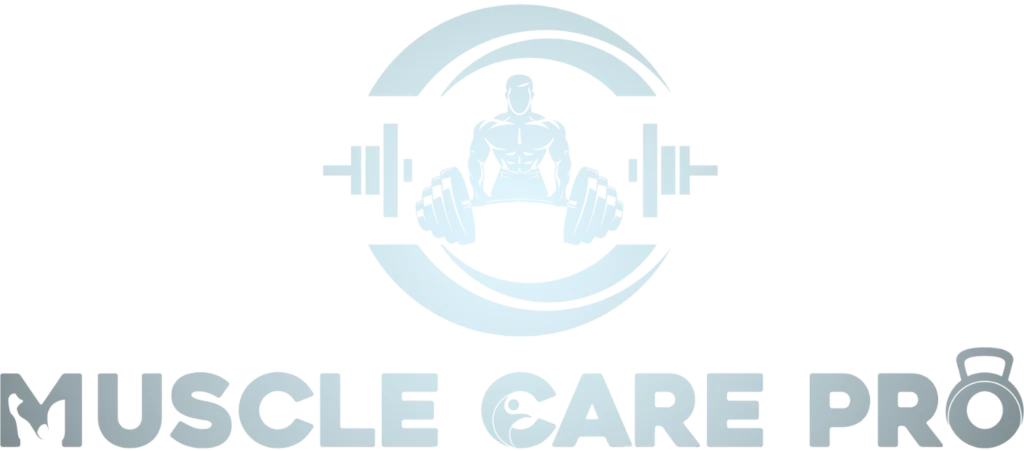What Muscles Does Rucking Work?
Rucking, simply walking with a heavy backpack, has become an increasingly popular form of functional fitness due to its simplicity. This type of exercise, believed to have been borrowed from military training, is good for strength, endurance, and mental toughness. What muscles does one work while rucking? This text answers the question concerning the muscle groups engaged while rucking, the benefits of the exercise, and the how-to of rucking. If you are looking for a low-impact and multi-purpose workout to add to your routine, rucking could be the answer you are looking for.
Benefits of Rucking
Before proceeding to the details of what muscles rucking works, it is important to know why rucking has become the exercise of choice for many. Rucking is a mix of aerobic and strength training, making it a full-body exercise with a range of advantages:
- Improved Cardiovascular Health: Carrying extra weight while walking increases the heart rate and enhances the endurance of the cardiovascular system.
- Enhanced Muscular Strength: Rucking utilizes most of the muscle groups, especially those in the legs and core.
- Calorie Burning: Rucking, as a weighted walking exercise, burns more calories compared to regular walking.
- Bone Density Support: Rucking improves bone health through the weight-carrying mechanism.
- Mental Resilience: An additional benefit of rucking is that it builds confidence and mental strength as one completes demanding exercises.
Having provided these benefits, let us now consider what muscles rucking works and how these respective muscles can be worked to the best effect.
Primary Muscles Worked During Rucking
Rucking mainly engages the muscles of the lower body and core. The following is a list of the muscles that are primarily exercised during a rucking session:
- Quadriceps:
- The quadriceps, located at the front of the thighs, are involved in every step of rucking. Their main function is knee extension, which is crucial for walking while carrying extra weight.
- Hamstrings:
- The hamstrings, located at the back of the thighs, help bend the knee and assist in extending the thigh. They are significantly engaged to control and stabilize each step during rucking.
- Glutes:
- The gluteal muscles, or glutes, are among the strongest muscles in the body. They play a key role in propelling the body forward, especially when carrying heavy weight.
- Calves:
- The calf muscles, mainly the gastrocnemius and soleus, control the ankle and aid in propelling each step. The additional weight during rucking helps develop their strength and endurance.
Secondary Muscles Worked During Rucking
In addition to the primary muscle groups, other auxiliary muscles help maintain proper posture, balance, and control:
- Core Muscles:
- The entire core, including the abdominals, obliques, and lower back, is constantly engaged during rucking. These muscles help with balance and support the spine, preventing excessive movement or tension.
- Shoulders and Upper Back:
- The trapezius and rhomboids, though less active, assist in bearing the weight of the backpack. This helps build upper body stamina, particularly during prolonged rucking.
- Hip Flexors:
- Located at the front of the hips, the hip flexors help lift the legs during walking. These muscles work in coordination with the lower body to ensure smooth movement.
The Role of Posture in Rucking
Maintaining an upright posture is crucial for avoiding injury and effectively engaging the appropriate muscles. Proper posture during rucking influences muscle activation as follows:
- Core Stability: Engaged core muscles limit unnecessary spinal movement.
- Shoulder Positioning: Retracted shoulders ensure even load distribution, aiding in balance.
- Lower Back Support: Activating the core and maintaining an erect posture prevent strain on the lower back, allowing the legs to bear the weight effectively.
Rucking Techniques to Target Specific Muscles
To maximize the benefits of rucking, consider these techniques to enhance muscle engagement:
- Steep Inclines: Walking on inclines increases the workload on the glutes, hamstrings, and calves.
- Weighted Variations: Gradually increasing the weight carried in the backpack builds strength in all muscle groups.
- Varying Speed: Alternating between fast and slow walking improves cardiovascular fitness and muscle activation.
Muscle-Building Tips for Rucking
To enhance the muscle-building potential of rucking, follow these suggestions:
- Start with the Right Weight: Begin with 10-15% of your body weight, gradually increasing as you adapt.
- Incorporate Interval Training: Add intervals of faster walking to boost muscle activity and cardiovascular fitness.
- Focus on Core Engagement: Keep your core active to support the spine and prevent lower back injuries.
- Stretch Regularly: Stretch your calves, hamstrings, and back to maintain flexibility and prevent stiffness.
Conclusion
Rucking is a fantastic workout for all fitness levels. It targets key muscle groups in the lower body, core, and shoulders. By understanding the muscles rucking works and practicing proper techniques, you can enjoy this simple yet effective exercise. Rucking is suitable for both beginners and advanced athletes, offering variation, strength, and endurance. Embrace rucking to improve cardiovascular health, build muscular stamina, and develop mental toughness.
FAQs
Can rucking replace traditional weightlifting?
Rucking is excellent for conditioning and muscle development but does not provide the same targeted muscle growth as traditional weight training.
Is rucking suitable for beginners?
Yes, beginners can start with light loads and short distances, increasing gradually as strength improves.
How often should I ruck to see results?
For optimal results, aim for 2-3 sessions per week, especially with a substantial load, to allow muscles time to recover.
Can rucking cause lower back pain?
Incorrect posture or excessive weights can lead to lower back pain. Use lighter weights and focus on proper technique.
What weight should I start with when rucking?
A good starting point is 10-15% of your body weight, increasing gradually over time.











